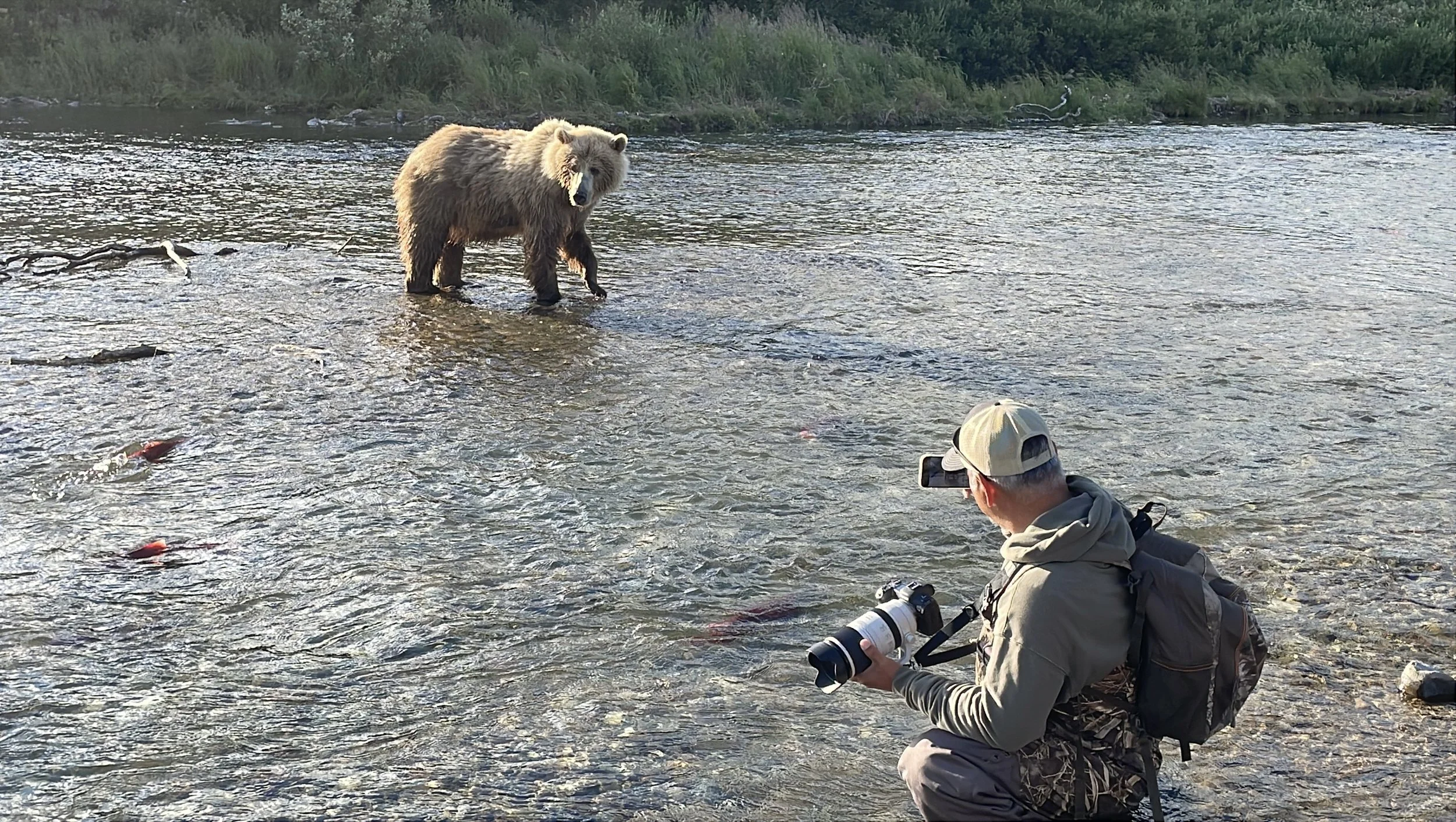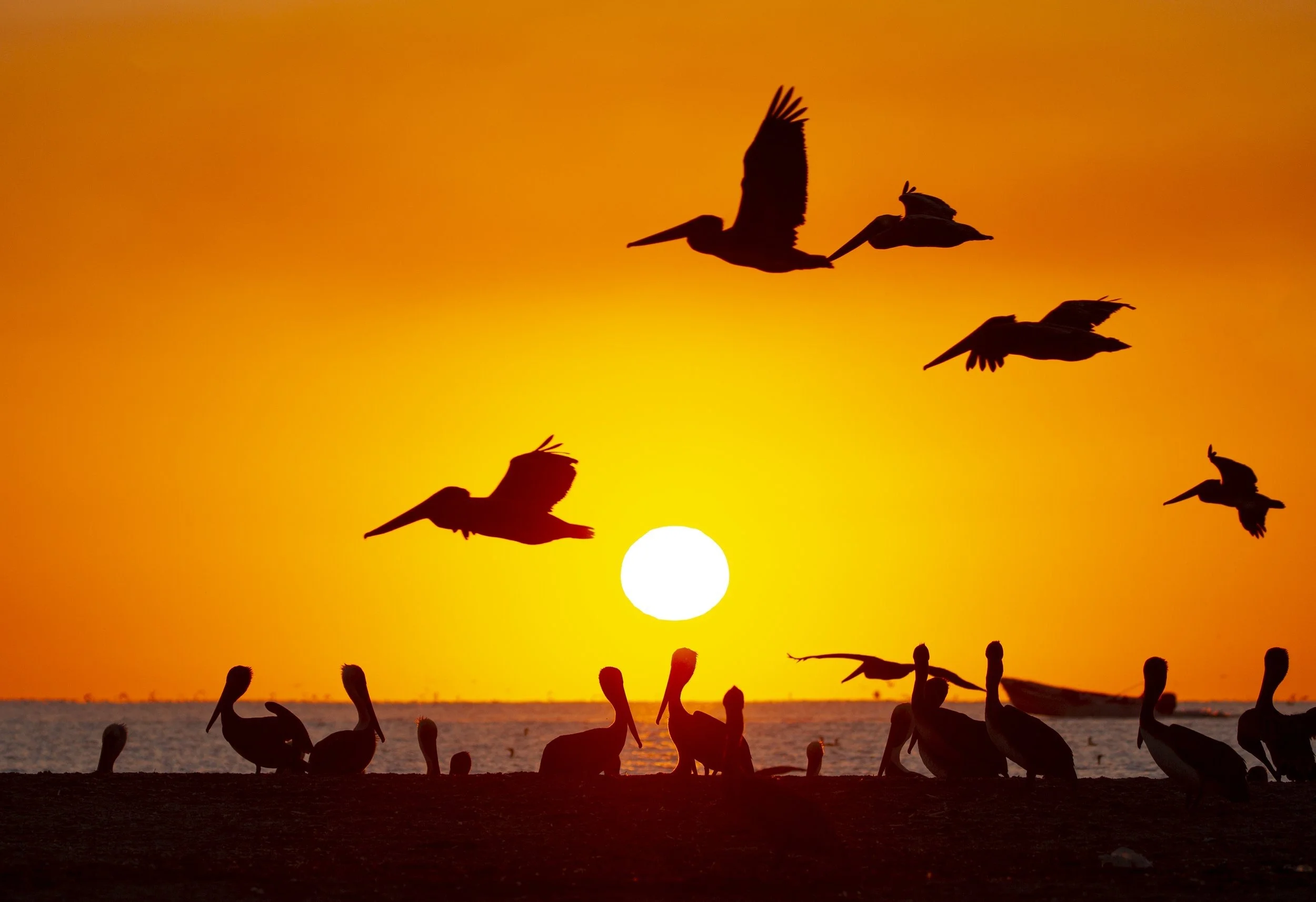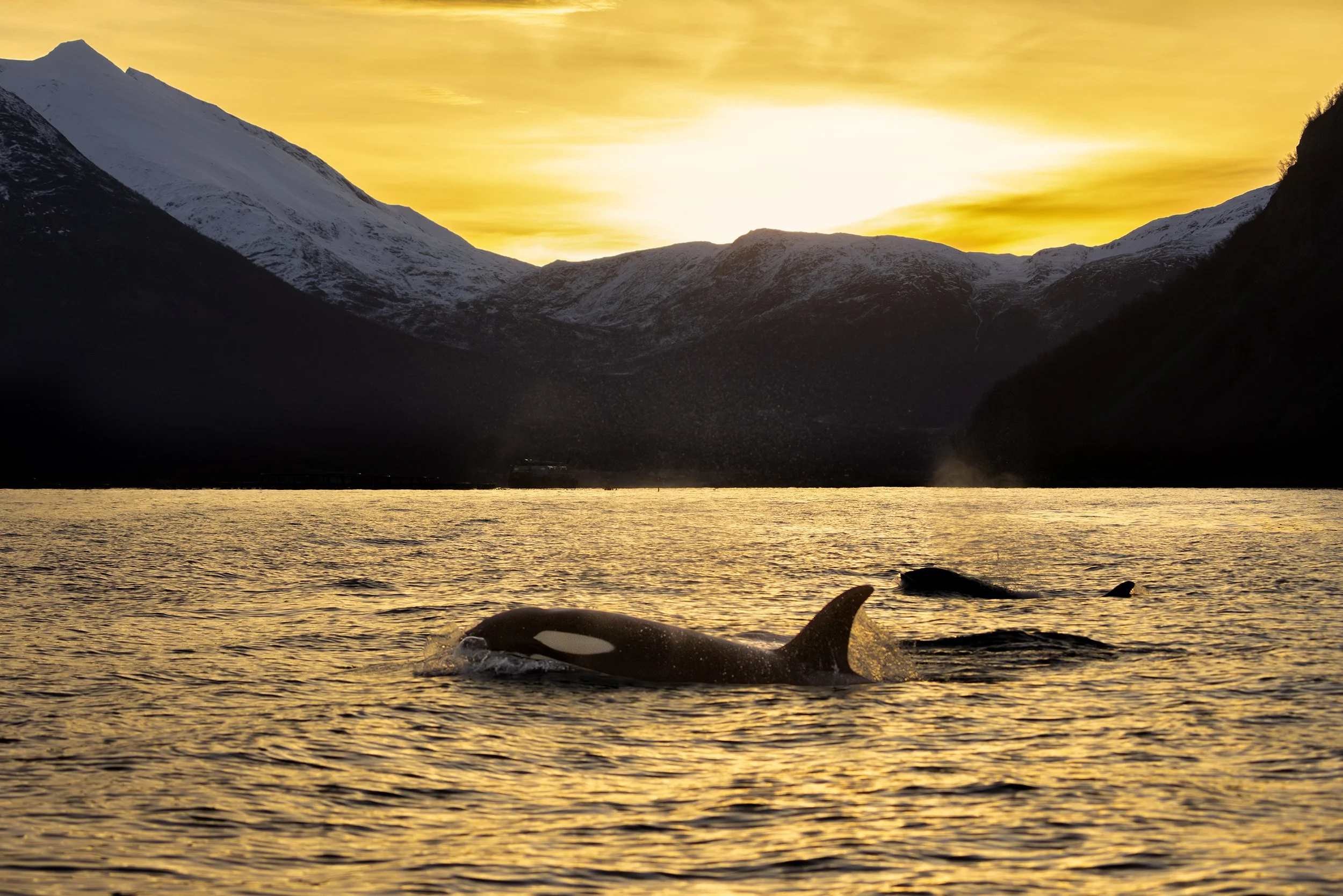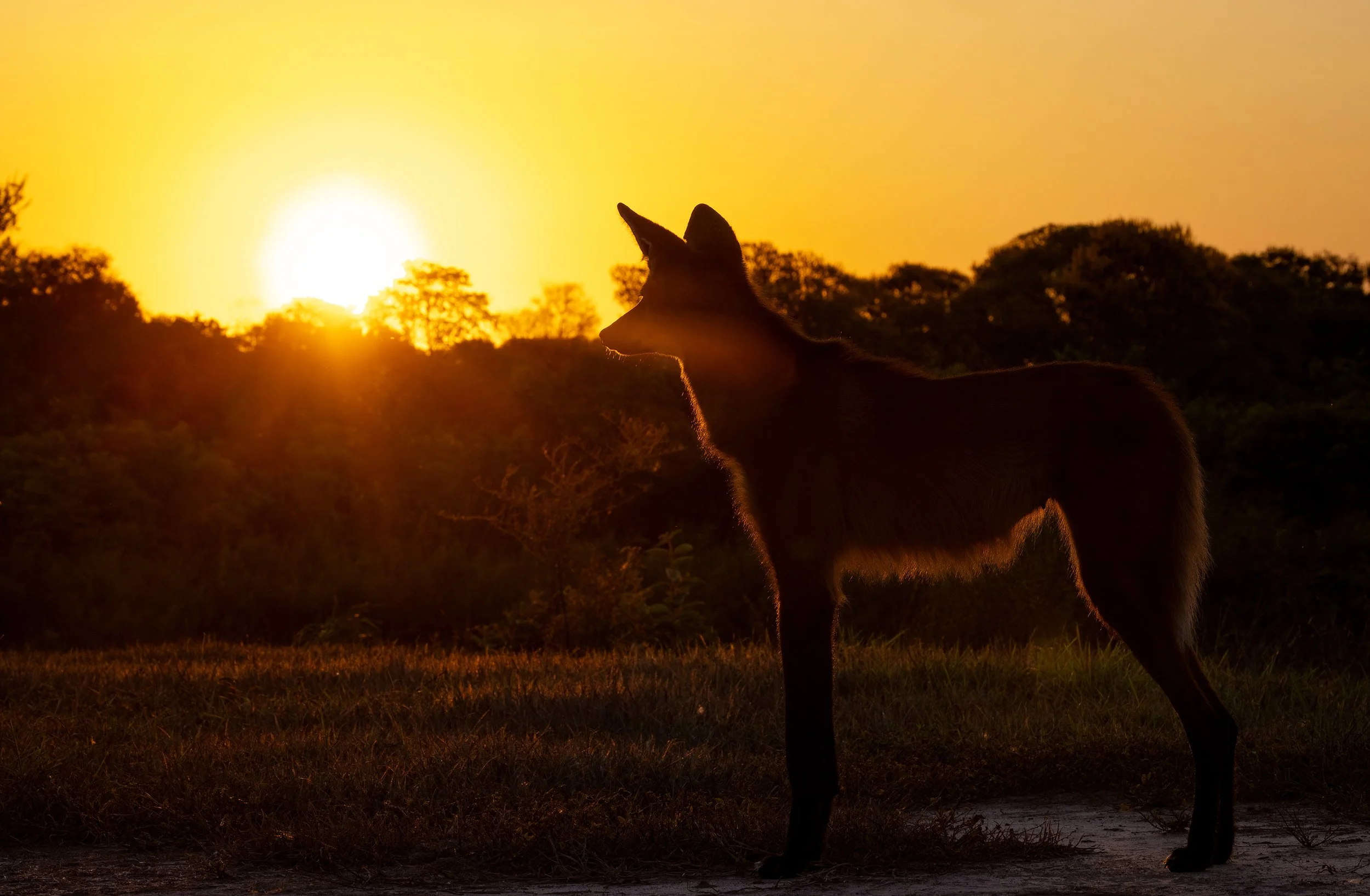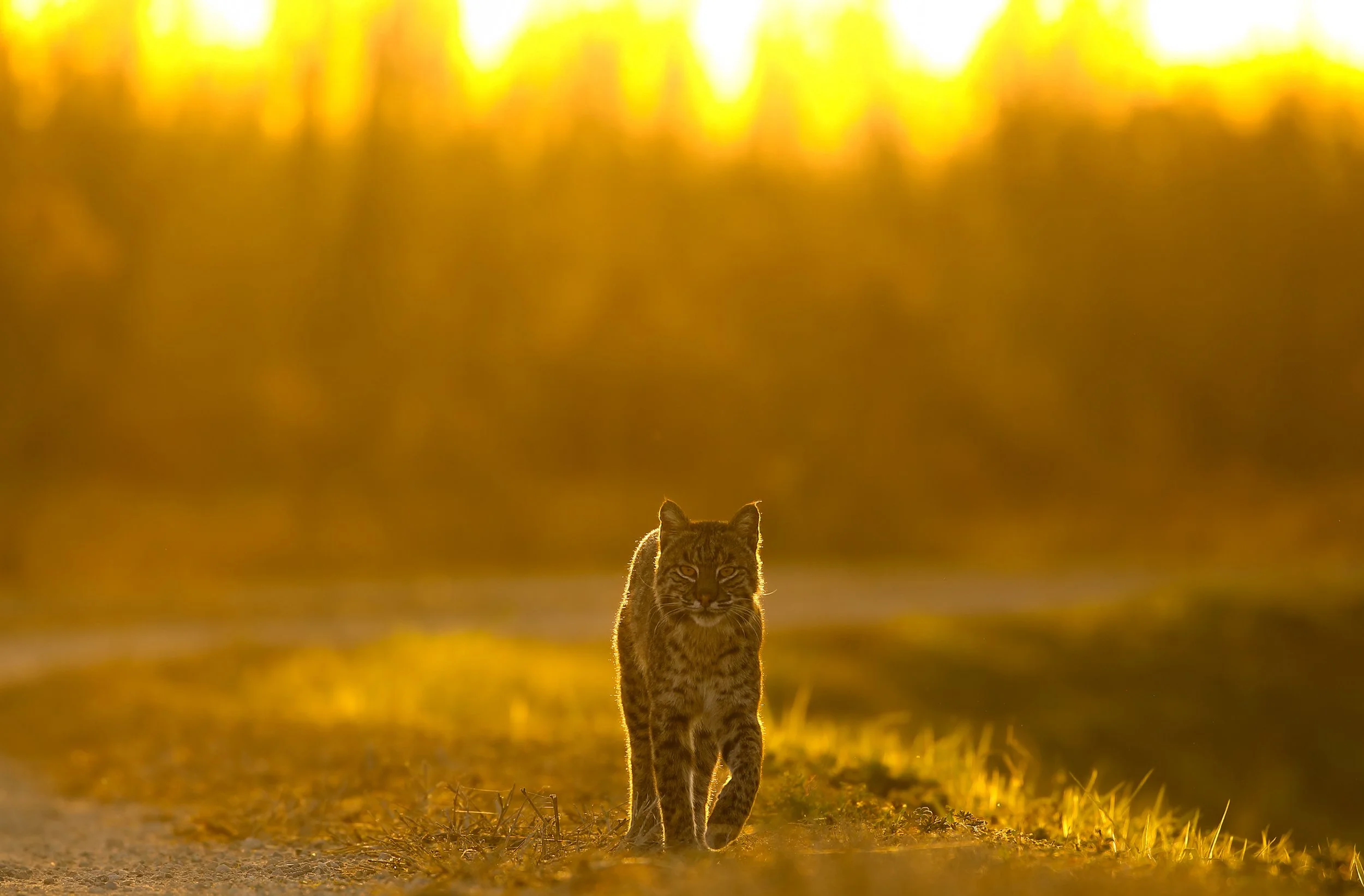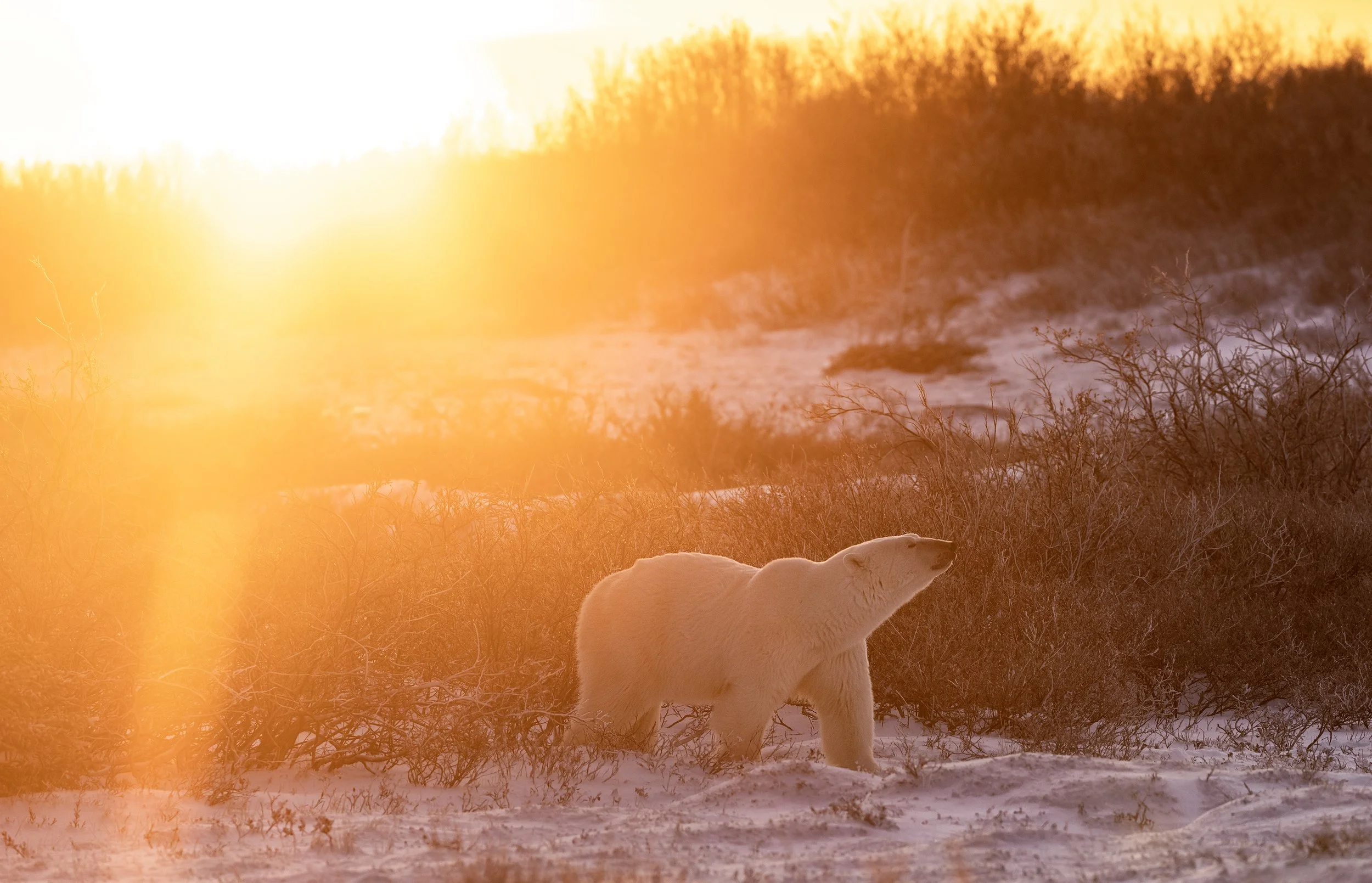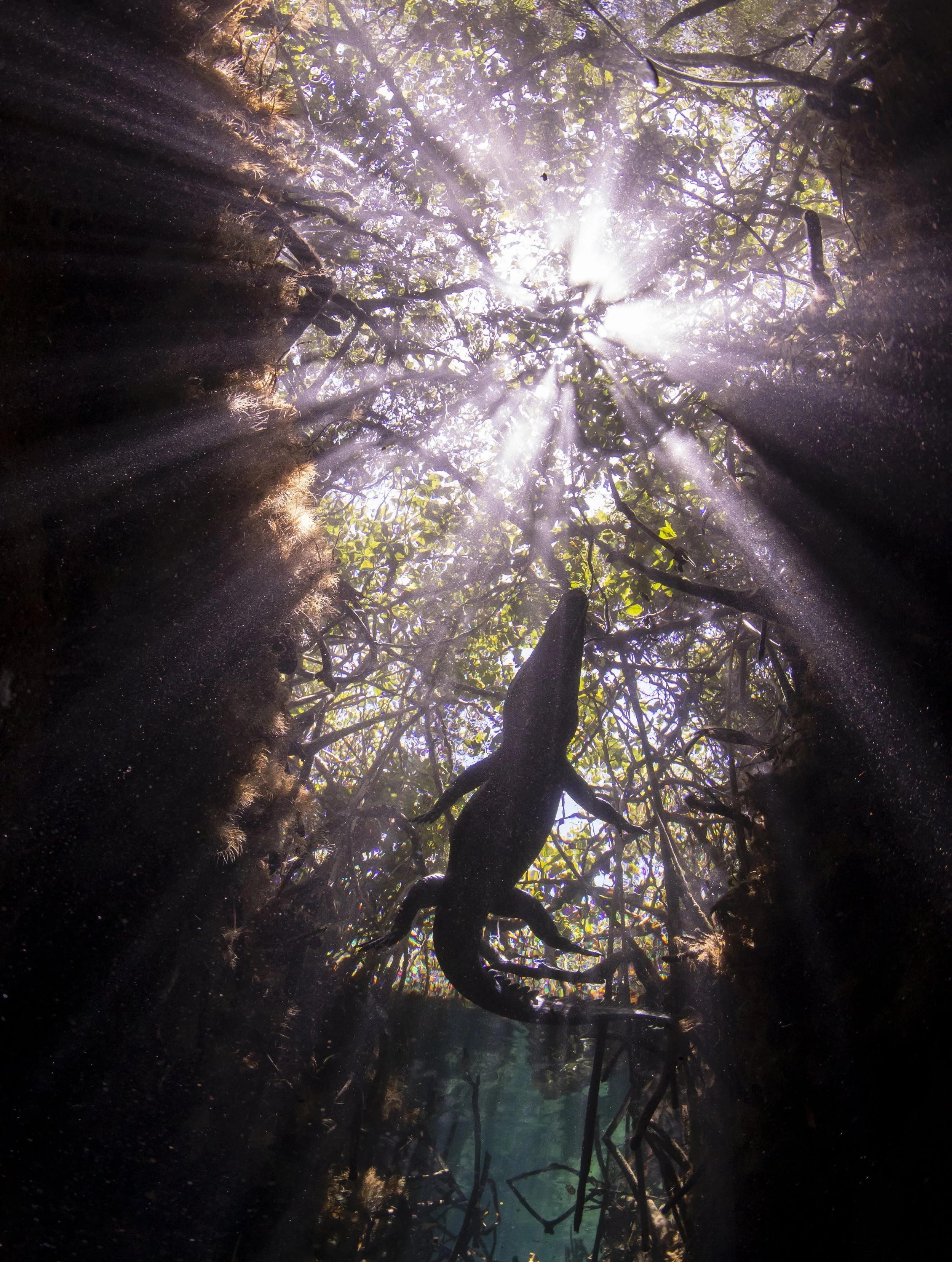Brown pelicans off Magdalena Bay, MX.
Every photographer has a list of rules they were taught to follow… the golden ratios, the perfect exposures, the “never shoot into the light” kind of advice.
But here’s the thing…
I break that last one all the time.
Some of my favorite wildlife photos were taken against the light, silhouettes of bears in the sunset, bobcats glowing in golden dust, orca breaking the surface as the last of Norway’s light descends behind the mountains.
Orcas off Norway. 1/1600, f5.6, ISO 800
Shooting into the light isn’t easy.
It’s messy. It blows out highlights, hides details, and breaks every clean rule of composition.
But it also makes the wild feel alive.
And honestly, I struggle most of the time to get it right.
When you’re shooting backlit subjects, figuring out the best ISO and shutter speed is always a challenge.
You rarely have much time to adjust.
Maned Wolf off the Northern Pantanal. 1/640, f14, ISO 800
With wildlife, you don’t plan for backlit images, you get lucky with them.
Maybe you’re sitting in an area where you know elephants will be passing along a well-worn trail, and you get that perfect chance to prepare.
But most of the time, you don’t get that choice.
You’re gifted the moment when the animal suddenly turns left instead of right, or when the whale passes on the “wrong” side, and suddenly, the sun is behind them.
That’s when it happens.
Bobcat off Florida. 1/1000, f5.6, ISO 400
The light burns through the edges of their body, wrapping them in fire, color, and shadow.
It’s beautiful chaos, the kind that tests your instincts and rewards your patience.
Most animals prefer to keep the sun behind them as they move past people, it helps them see us better.
And when they can see us better, they relax.
That small bit of awareness gives us something real: a moment of trust, framed in gold.
Polar Bear off Churchill. 1/1000, f5.6 ISO 640
Photography is supposed to make you feel something, and light, real light, isn’t always neat and controlled.
Sometimes it’s harsh, unpredictable, wild… like the animals themselves.
If you only ever follow the rules, you’ll get good photos, sharp, balanced, technically correct.
But if you’re willing to bend them, that’s where the magic starts.
Brown Bear family off Katmai, Alaska. 1/1250 f32, ISO 1250
The image might not be perfect, but it will have a heartbeat.
Every time I press the shutter into the light, I’m reminded that photography isn’t about perfection.
It’s about emotion, the quiet honesty of what it felt like to be there.
So yes, I shoot into the light. I chase it, even.
Because the wild isn’t meant to be tamed… and neither is the way we capture it.
Morelet’s crocodile in the Mangroves, Tulum, MX. 1/250, f9, ISO 1600.
No golden light here, underwater backlit photos are different. Instead of warm tones, you get God rays. Streaks of light firing through the water.
A Few Tips for Shooting Into the Light
Shooting backlit wildlife is one of the hardest things to get right, but when it works, it’s magic.
Here are a few things I’ve learned
(mostly the hard way):
Watch your exposure, not your instincts.
Backlight fools your camera’s meter into underexposing. Don’t trust the screen, watch your histogram and move it slightly to the right to preserve shadow detail.Use spot metering when you can.
Expose for the light on the animal’s face or body, not the sky. That’s where the story is.Embrace imperfection.
Backlit shots rarely look clean, and that’s the point. Let the light spill, let the edges glow, let the wild be wild.

